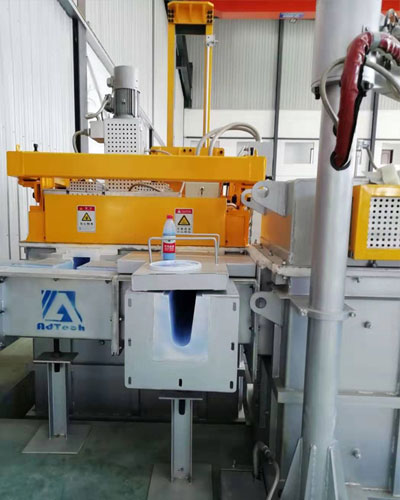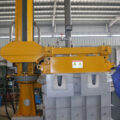Degassing is usually used to produce aluminum alloy castings. Reasonably, reducing the hydrogen content will definitely improve the mechanical properties of the resulting aluminum alloy.
The effect of degassing technology on the quality of aluminum alloy includes not only controlling the hydrogen content, but also controlling the final quality and cleanliness of the melt.
The atomic hydrogen H is dissolved in the liquid aluminum and distributed evenly. Dry inert bubbles are introduced into the melt with almost zero hydrogen partial pressure. Then, a local equilibrium is quickly established between the H concentration in the molten boundary layer and the partial pressure of H2 in the inert bubbles. The diffusion rate of hydrogen from the host to the boundary layer is limited, and the recombination of atomic hydrogen and molecular hydrogen is very rapid.
The hydrogen concentration in the bubbles increases as it rises to the surface of the melt. The rate of hydrogen transfer depends on the total area of the diffusion and bubble interface. A given flow rate of inert gas will have a larger interface area for smaller bubbles. In addition, as the bubbles become smaller, each bubble stays in the melt for a longer time, because the final speed is reduced and hydrogen transport is allowed for a longer time.
The deeper reaction zone in the ladle or crucible provides more time for equilibrium, as the bubbles stay in the melt for longer before reaching the surface.
Therefore, the design of rotary degasser needs to generate the smallest low-pressure bubbles in the processing vessel. This is achieved at high rotor speeds. It is also possible to mix the melt at the same time to obtain a uniform hydrogen distribution.
During the melting of the aluminum alloy, the inclusion of particles suspended in the melt can be effectively reduced by flotation and/or sedimentation. Most of the oxide inclusions are heavier than the base melt, so they tend to fall to the bottom of the crucible.
In addition, ceramic foam filter filtration can be used to further remove inclusions, thereby significantly increasing the density of cast parts.




